February 24 marks two years since Russia launched its special military operation in Ukraine. On the one hand, the parties remain at a stalemate and there is no prospect of peace negotiations. On the other hand, the West is increasing pressure on Russia with sanctions.
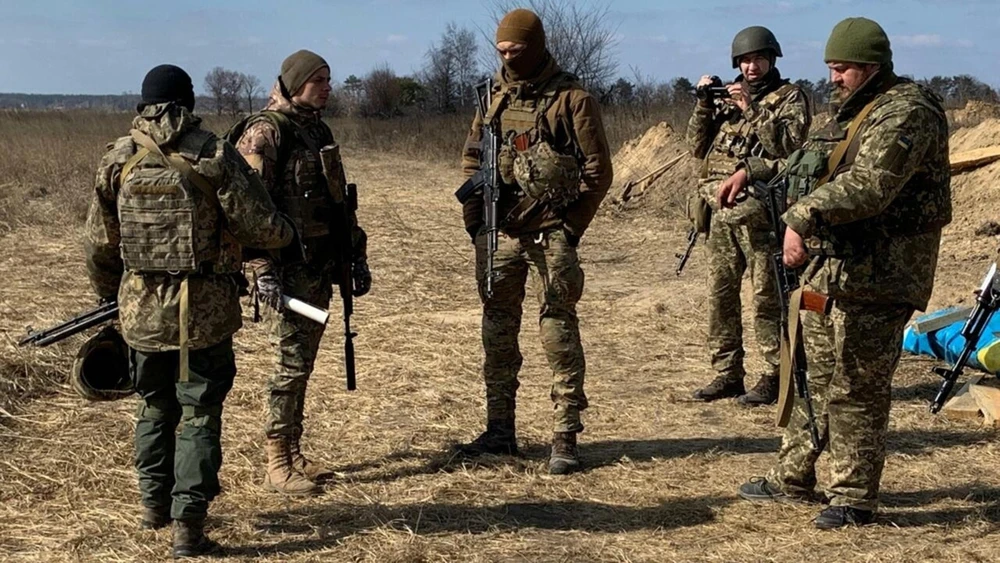
Increased tension
On February 24, the European Union (EU) member states are expected to announce the 13th package of sanctions against Russia. Of these, 193 entities and individuals are banned from traveling or doing business in the old continent. The new sanctions also focus on the Russian military support network, especially the drone manufacturing supply chain. The US also announced that it would impose new sanctions on more than 500 targets in Russia.
On the Ukrainian side, Ukrainian President Volodymyr Zelensky admitted that the spring offensive of his country's army was not as successful as expected and Russia still controls about 18% of Ukraine's territory. The change in military leadership in Kiev also had a significant impact on the situation on the battlefield. Concerned about the consequences for regional security if the US withdrew and Ukraine failed, European countries have recently increased aid, pledging to provide more weapons to Kiev. This marked a significant change in Europe's attitude compared to the early days of the conflict, but experts say it is still not enough to help Ukraine turn the situation around.
According to Reuters, the French President's Office announced that President Emmanuel Macron will chair an international conference to support Ukraine on February 26. The International Monetary Fund (IMF) announced that it will disburse $880 million to Ukraine in the third tranche of a $15.6 billion aid package over four years approved in 2023. In early February, EU leaders agreed to provide a $54 billion aid package to Ukraine between now and 2027. Meanwhile, the Kiel Institute estimates that the US has spent $66 billion on Ukraine. Republican lawmakers in the US House of Representatives are delaying approval of a new $60 billion aid package for Ukraine.
Russian economy grows
In the second year, Russia has made a series of strategic and tactical changes on the battlefield and launched important battles against seemingly impregnable Ukrainian strongholds in the Donbass region such as Bakhmut and Avdiivka. However, there is still no sign of a significant turning point in the situation.
Economically, the IMF forecasts that Russia's gross domestic product (GDP) will grow by 2.6% this year. Meanwhile, oil revenues are rising again and unemployment will be at a historic low. According to Reuters, the reason for Russia's success is the strong and independent role of the Central Bank. Since 2022, the Russian Central Bank has applied large interest rate hikes (currently at 16%) to control inflation.
Meanwhile, Ukraine’s economy will remain broadly stable in 2023, with Western partners fully meeting its funding needs. Falling inflation has allowed the National Bank of Ukraine to cut interest rates and remove some capital controls. However, the outlook for 2024 remains uncertain. With most Western funds still not coming to Ukraine, the Central Bank is proposing to finance the budget simply by printing money, but this may undermine much of the economic stability. At the same time, the conflict is draining government resources. Military spending has risen to 20% of GDP, with half the budget devoted to paying for the war.
THANH HANG
Source


![[Photo] Draft documents of the 14th Party Congress reach people at the Commune Cultural Post Offices](https://vphoto.vietnam.vn/thumb/1200x675/vietnam/resource/IMAGE/2025/10/28/1761642182616_du-thao-tai-tinh-hung-yen-4070-5235-jpg.webp)

![[Photo] Flooding on the right side of the gate, entrance to Hue Citadel](https://vphoto.vietnam.vn/thumb/1200x675/vietnam/resource/IMAGE/2025/10/28/1761660788143_ndo_br_gen-h-z7165069467254-74c71c36d0cb396744b678cec80552f0-2-jpg.webp)
![[Photo] National Assembly Chairman Tran Thanh Man received a delegation of the Social Democratic Party of Germany](https://vphoto.vietnam.vn/thumb/1200x675/vietnam/resource/IMAGE/2025/10/28/1761652150406_ndo_br_cover-3345-jpg.webp)


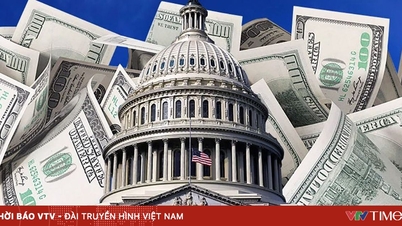




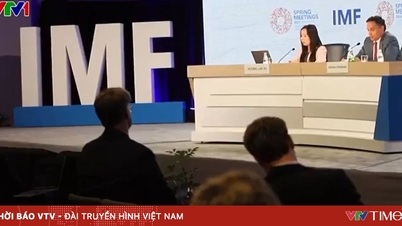

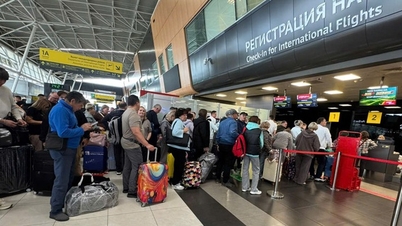












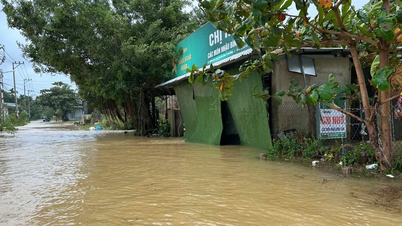


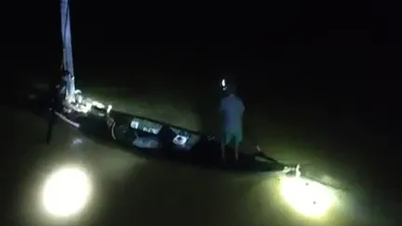
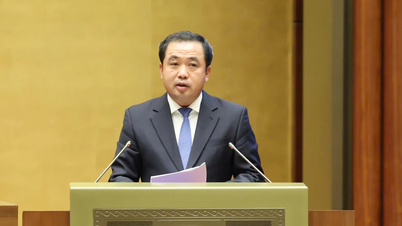

![[Photo] President Luong Cuong attends the 80th Anniversary of the Traditional Day of the Armed Forces of Military Region 3](https://vphoto.vietnam.vn/thumb/1200x675/vietnam/resource/IMAGE/2025/10/28/1761635584312_ndo_br_1-jpg.webp)


































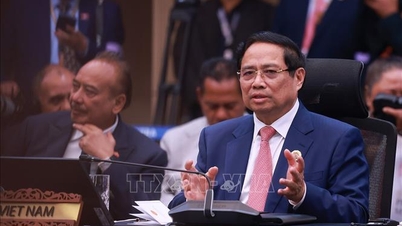

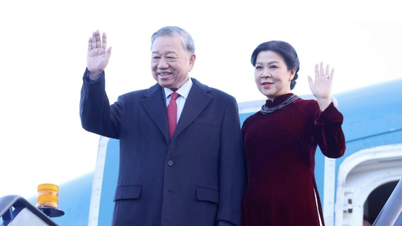



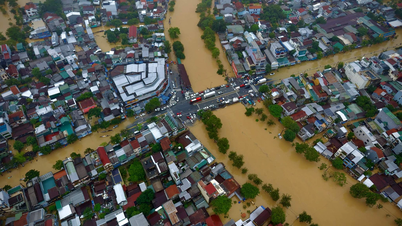


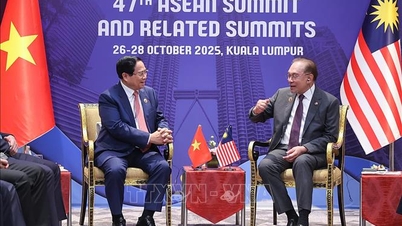



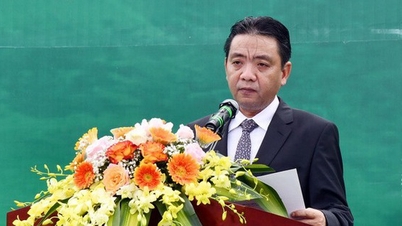
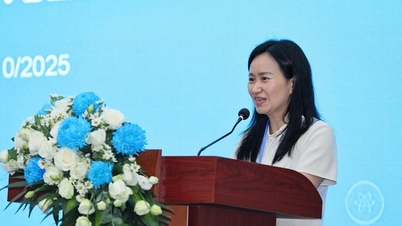





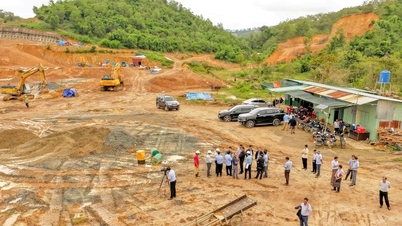





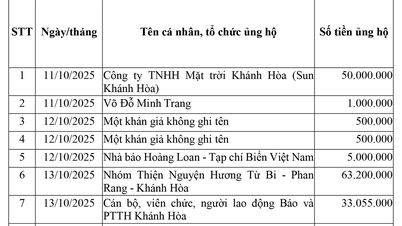

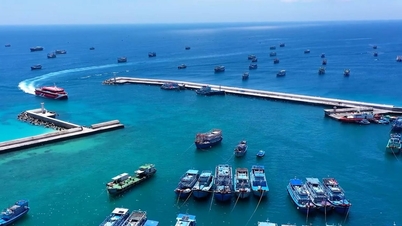


















Comment (0)